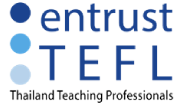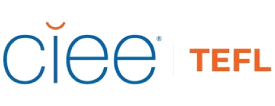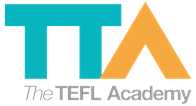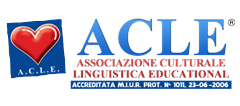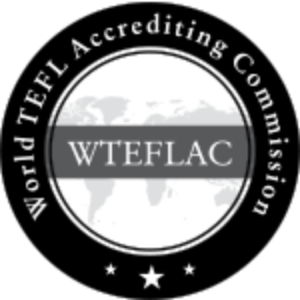WELCOME TO THE World TEFL Accrediting Commission (WTEFLAC)
The World TEFL Accrediting Commission (WTEFLAC) has now closed. The WTEFLAC was a private accreditor of TEFL/TESOL courses. The organization was originally set up to drive up standards in the industry.
When assessing providers, the organization would assess course content, administration procedures and marketing materials. They would assess the qualifications and experience of those running the course and, if the course was run on-site, carry out inspections.
The WTEFLAC accredited the following TEFL course providers, which means they followed their strict Quality Assurance Guidelines and all TEFL certificates from these providers are genuine.




